One of Durham's most influential citizens, Julian Shakespeare Carr, a member of a successful Chapel Hill mercantile family built his estate on the southeast corner of East Main St. and South Dillard Street in 1870. He called it 'Waverly Honor'.
(Courtesy Durham County Library)
J.S. Carr would become involved in almost every venture that made Durham successful in its early years - from the WT Blackwell (Bull Durham) tobacco company, to the Durham Hosiery Mills, to Golden Belt, to the Durham Lighting Company, to donating the racetrack that is now East Campus for Trinity College to move to Durham. That is only a smattering of his endeavors.
If you look on the land use GIS for the block of late 1920s commercial structures at the southeast corner of Main and Dillard streets, though, you see the words "Somerset Villa" as the area designation.
That's because, in 1888, Carr dismantled Waverly Manor and moved it to the south side of Peabody (now Ramseur) at Dillard so that he could build Somerset Villa.
Looking east.
(Courtesy Duke Archives)
Looking south.
(Courtesy Durham County Library)
Another view (looking north):
(Courtesy Durham County Library)
Somerset Villa was, and likely still is, one of the most impressive structures ever built in Durham. A sampling of the decription from the historic inventory:
"... front veranda measured 220 ft, a large turret on the northeast side of the house was capped by an ornate copper weathervane. The interior....:intricately carved mantels, stairway platform inlaid with medallions of white holly, mahogany, rosewood, and ebony, floors made of French mosaic tile...."
Somerset Villa from S. Dillard St., 1910
(Courtesy Robby Delius)
The structure was designed by John B. Halcott of Albany, New York, and reportedly cost over $100,000 to build.
Below, photos of the interior of Somerset Villa. (All courtesy Durham County Library from the Rufus Carr family album)
The estate took up the entire block now bounded by Dillard, Main, Ramseur, and S. Elizabeth with the grounds containing elaborate gardens.
Here is the corner on the 1902 Sanborn Fire Insurance Map, with Somerset Villa the large property on the southeast corner (there is a smaller structure on the corner proper in this picture, although not on the previous Sanborn map from 1898). It is entirely residential, with the exception of St. Phillip's Episcopal Church.
Copyright Sanborn Fire Insurance Company
In 1915, Carr's wife died, and in 1926, the structure was destroyed. The current Peabody St. was extended through the middle of the former property. While it seems inexplicable that a structure this beautiful would be torn down. There are still many parts that live on today, For example 1008, 1010 and 1012 green st were all build with salvage from Somerset Villa.
The E. Main St. frontage was replaced with 1920's era small commercial structures, many of which were still standing until 2008.
George's Grill at 526 East Main St. - documented by Farm Service Administration photographer Jack Delano in 1940 during a study of life in Durham (with an emphasis on the Tobacco trade.) An early piece of "curb service" hamburger joint Americana.
(Courtesy Library of Congress)
The front window of George's Grill, 1939. I like that you can see the shadow of 523 E. Main across the street.
526 East Main - George's Grill - at this point clearly the best structure on the block - looking east, 2007.
and looking west, 2007.
The produce market at 520 East Main, below, in 1939 - with George's Grill in the background (looking east.)
518-520 E. Main, purveying xxx Monster Video, 2007.
Below, looking west from mid-block 500 East Main, 1939.
The 'blue store' - TNT, source of much Wild Irish Rose.
Looking southeast, 2006
Interestingly, this same block of structures is now in the crosshairs for Durham County, as they plan their new social services complex. They plan to tear down the current health department (old Sears building) across Dillard Street from this block, and they plan to tear down this entire block of 1920s commercial structures for... wait for it... Surface Parking! Never enough of that - particularly not with the vast county surface parking lot across the street at Queen and Main (and Liberty). While clearly, the uses of the structures in the 500 block would be no great loss, the structures should be retained with parking behind them. The uses would likely change over time with the influx of new employees.
Moral of the story: if Durham can't get a piece of downtown land to its lowest possible use the first time around (1920s), it'll get there eventually.
This entire block was torn down in 2008, and was transformed into a sea of surface parking. A terrible urban design decision that will stymie the revitalization of the eastern part of downtown for the next several decades. Thanks, Durham County.
06.24.11

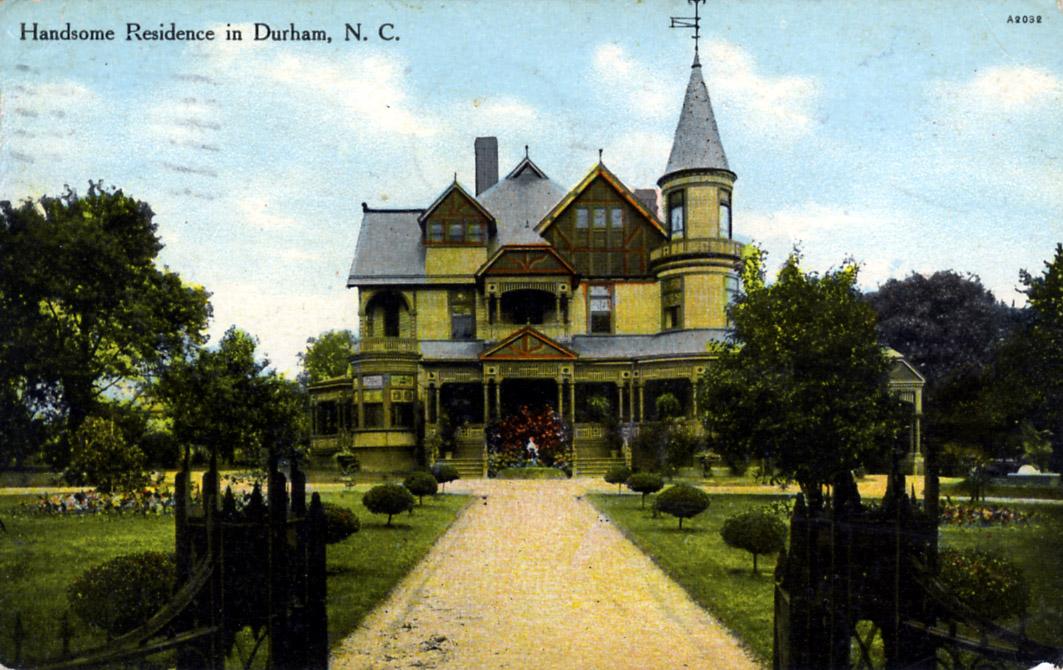
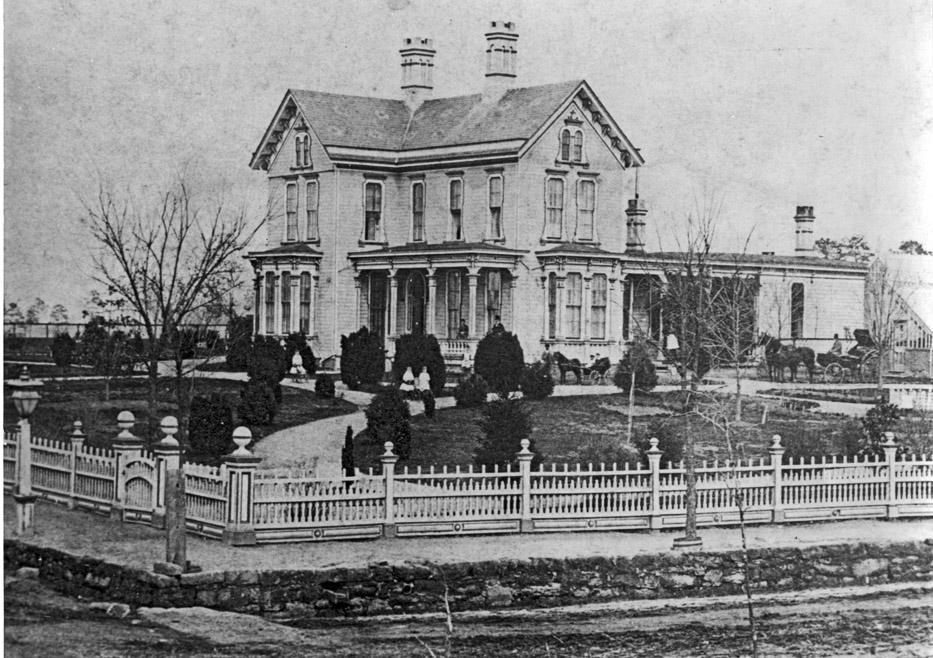
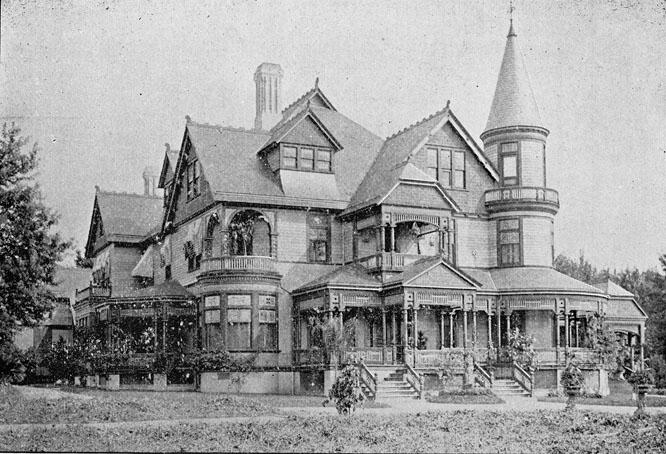
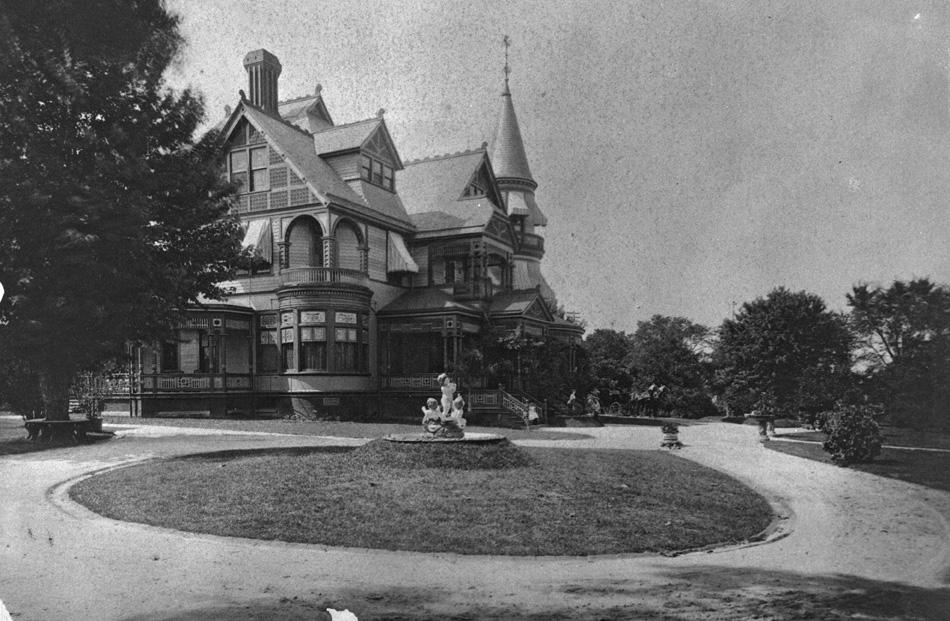
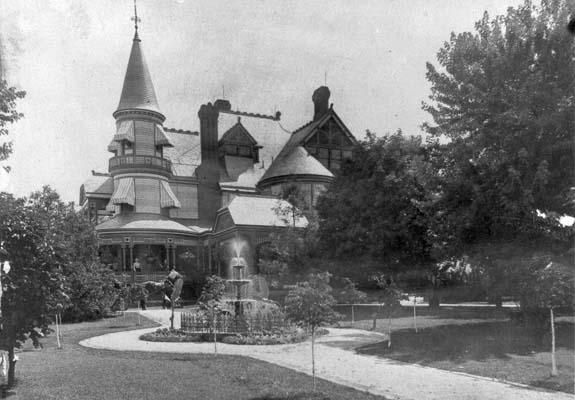
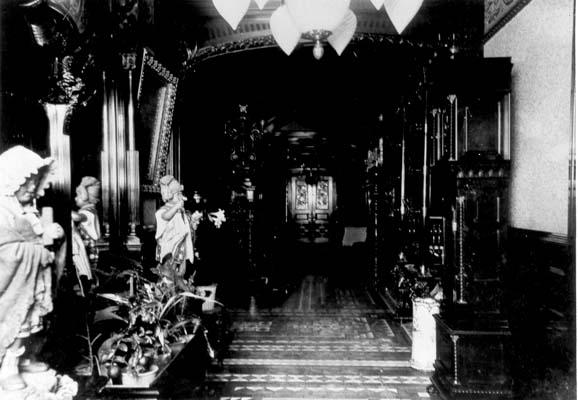
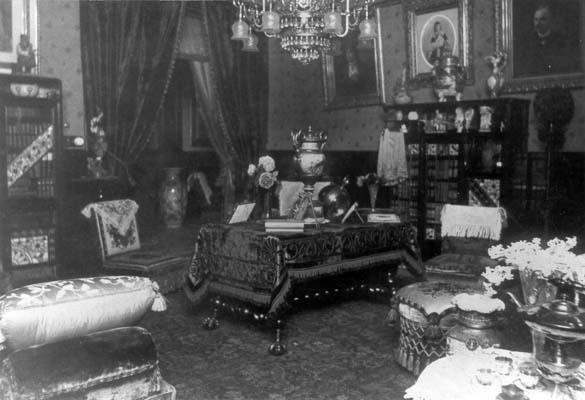
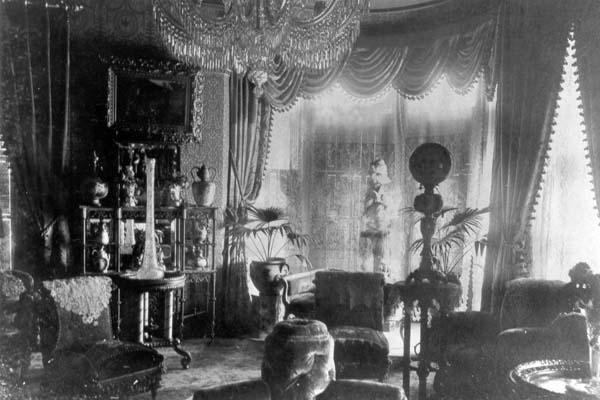
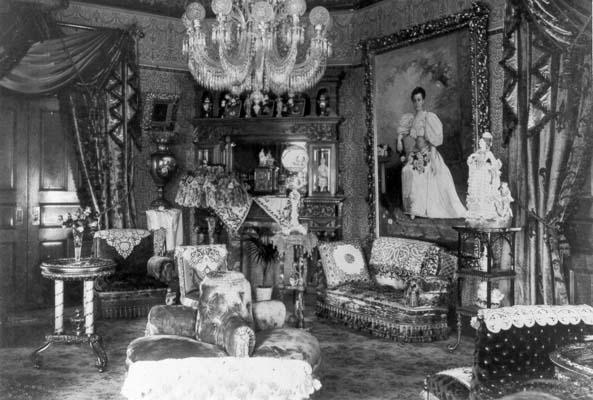
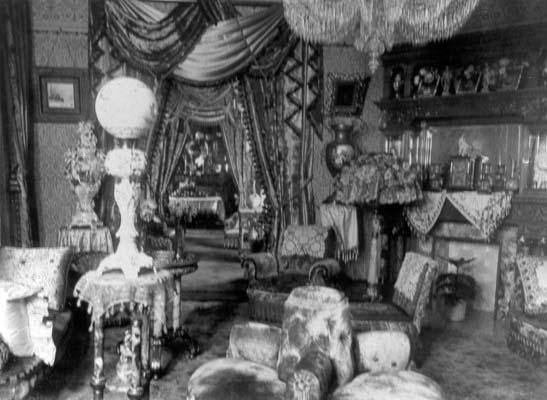
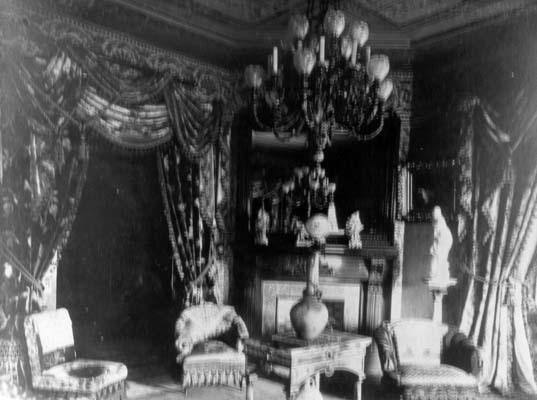
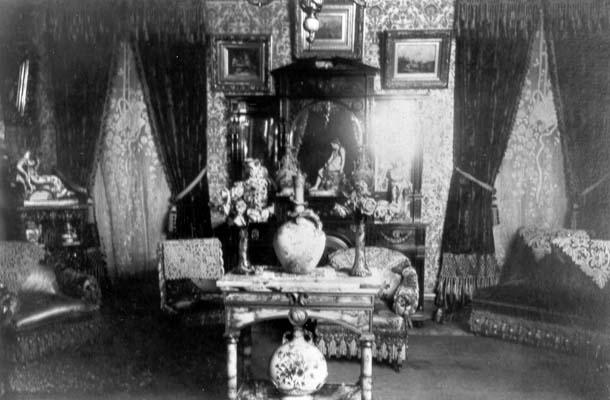

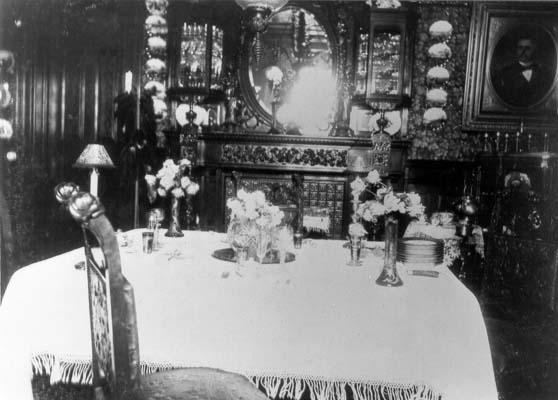
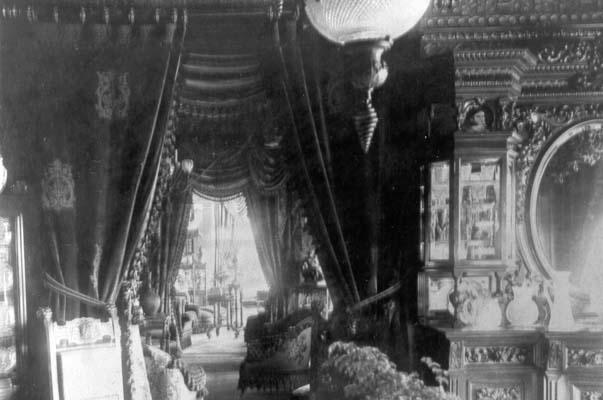
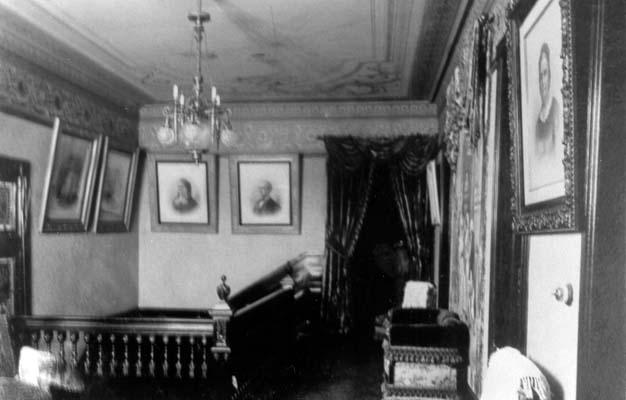
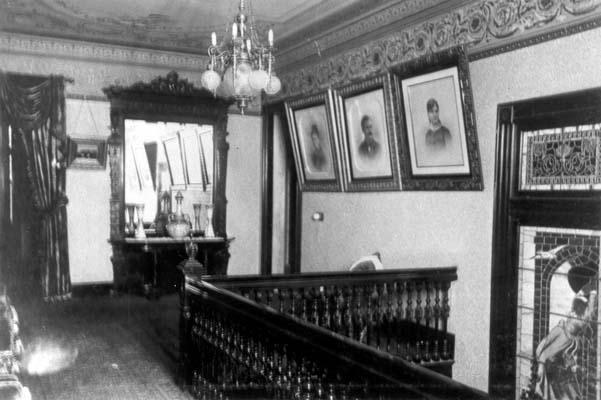
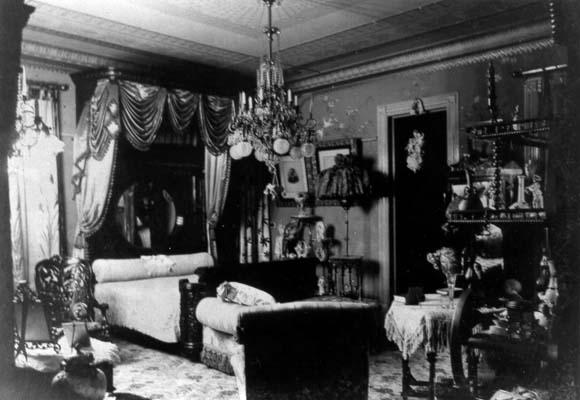
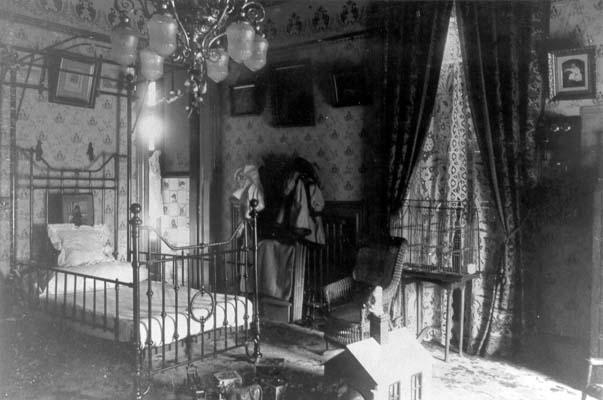
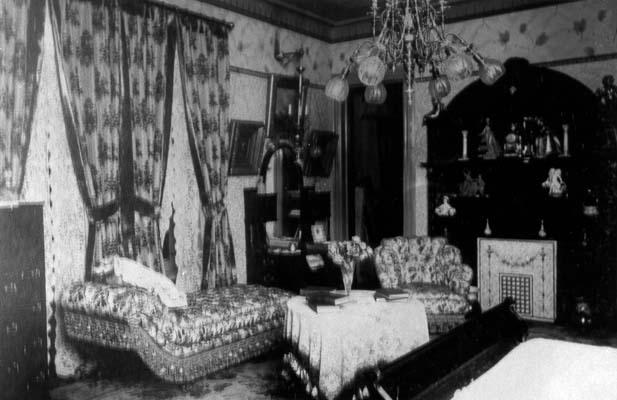
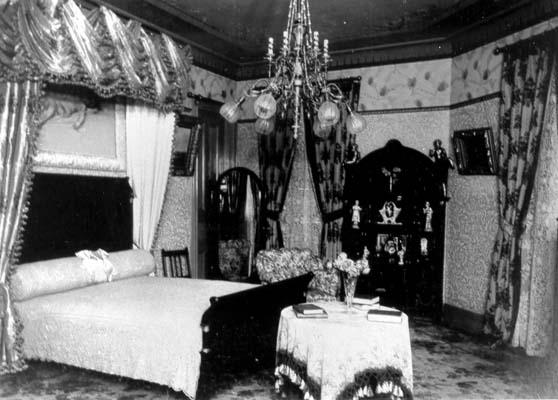
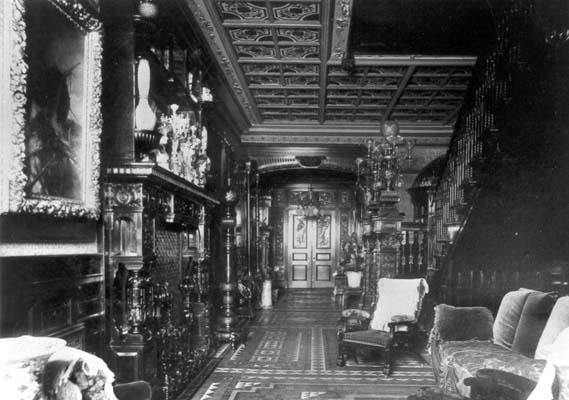
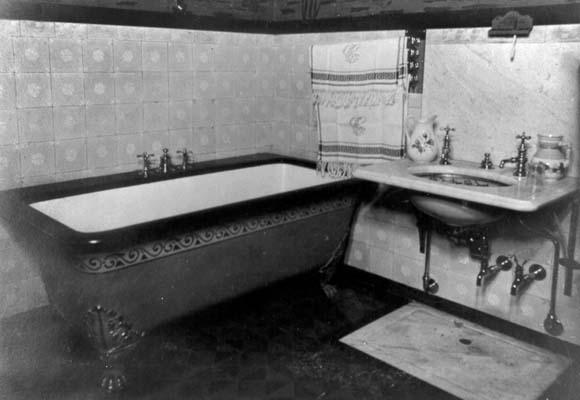
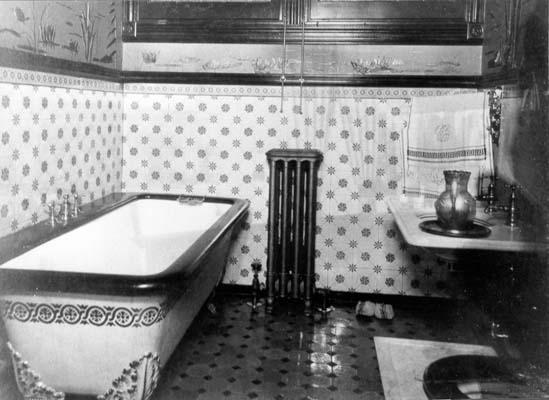
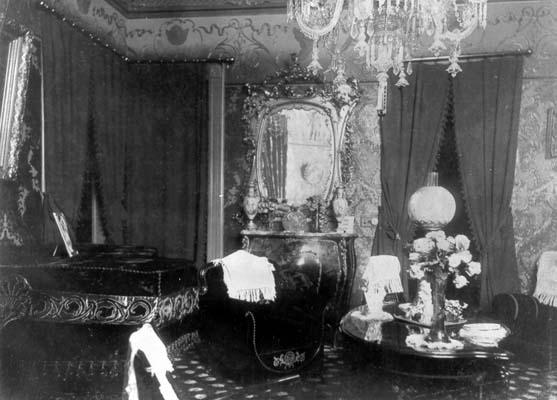
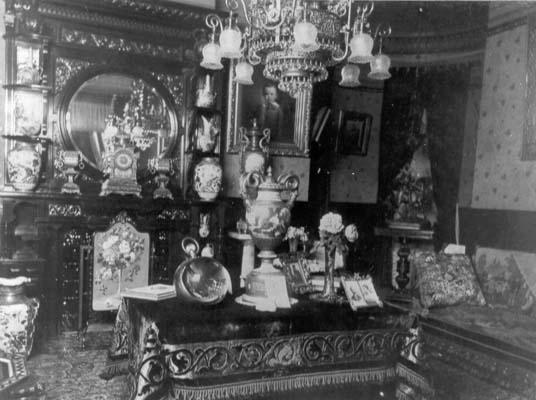
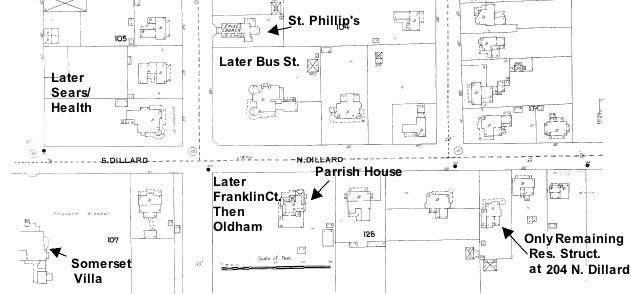
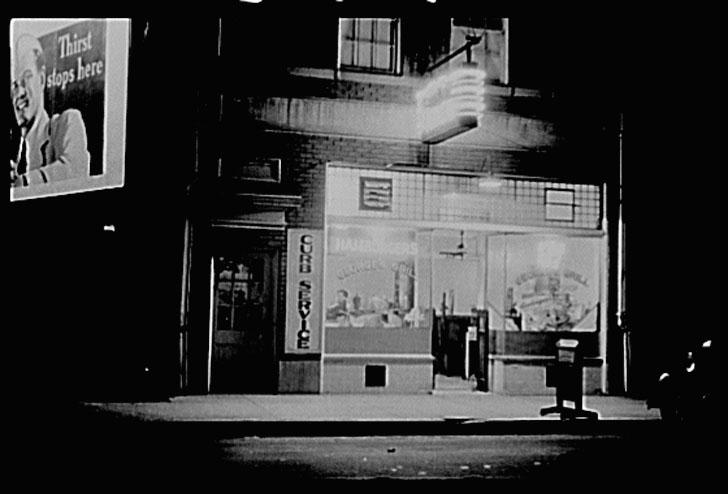
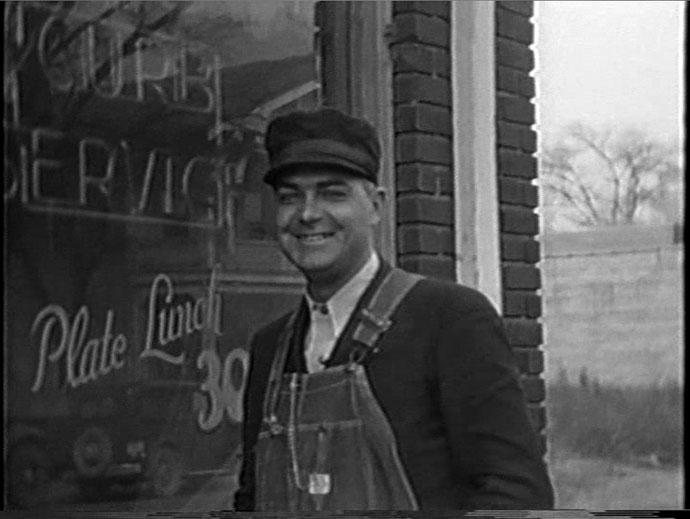
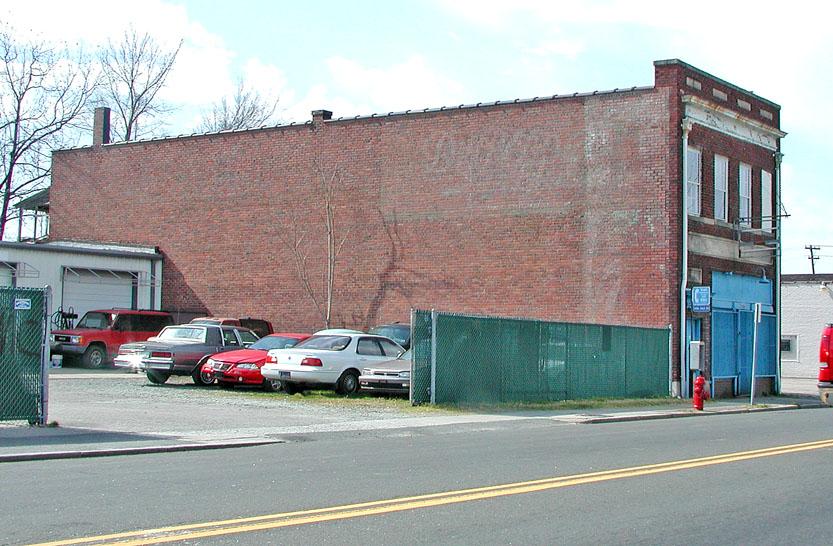
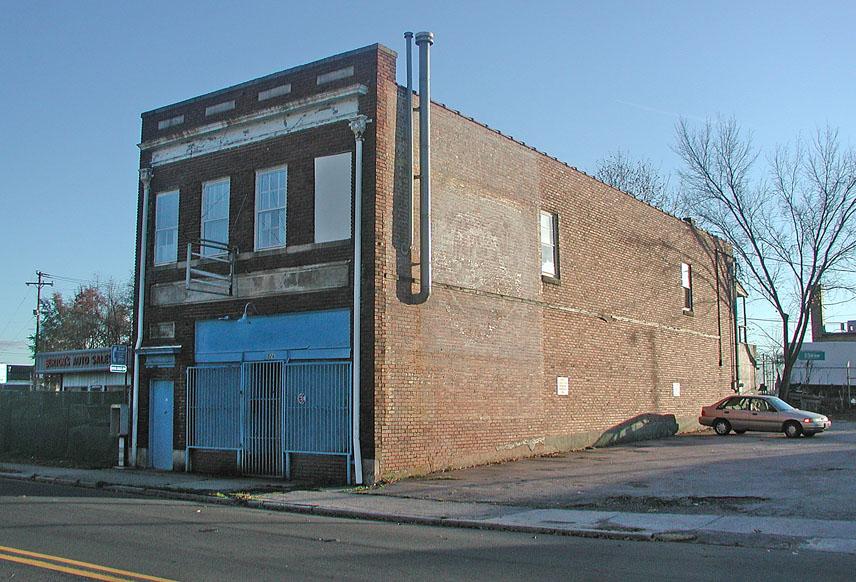
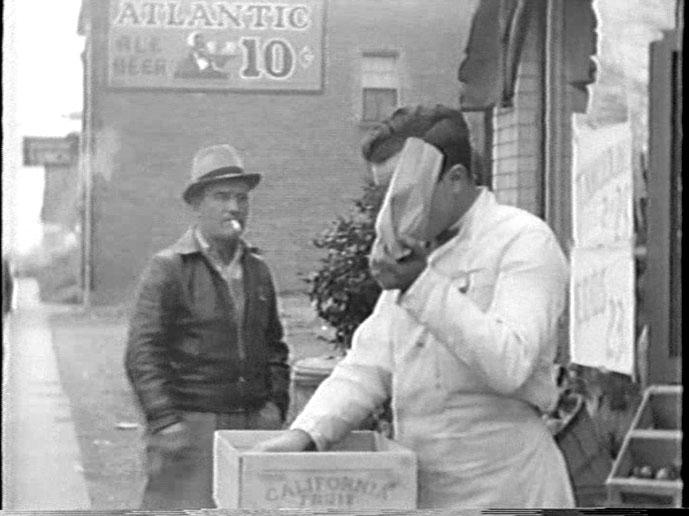
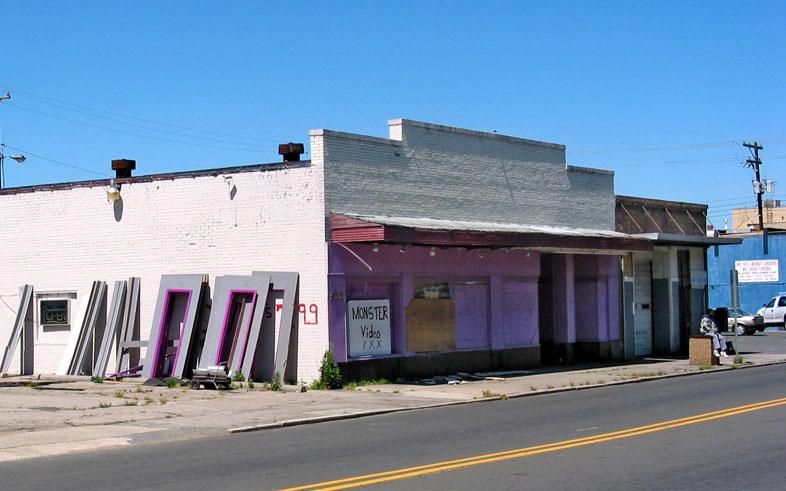
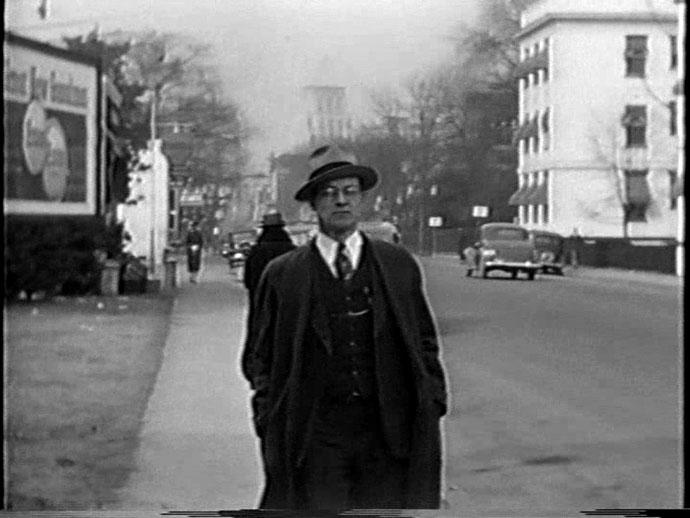
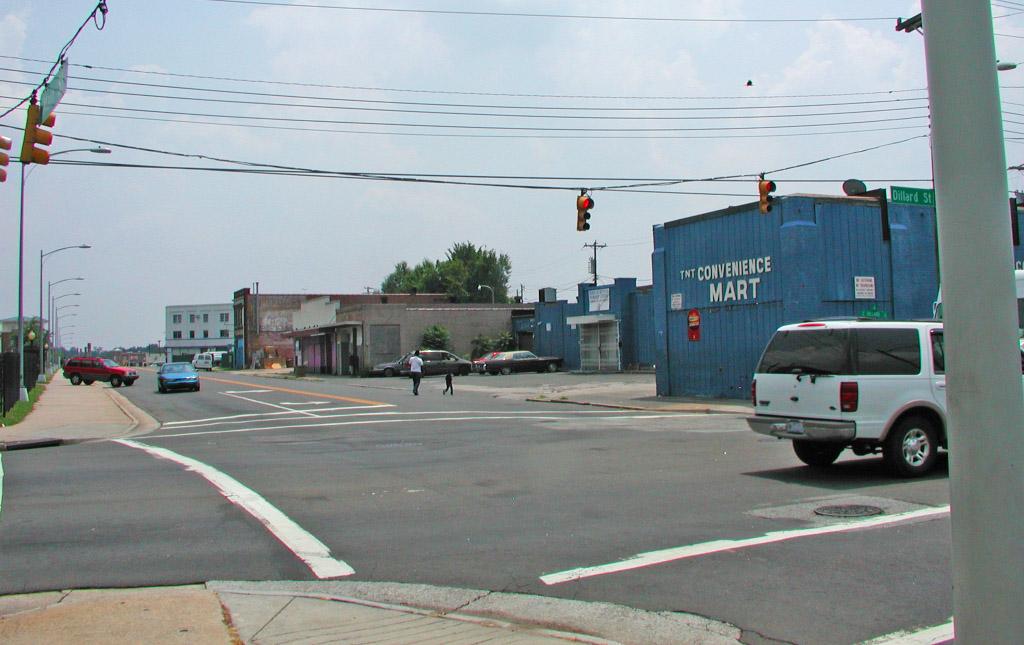
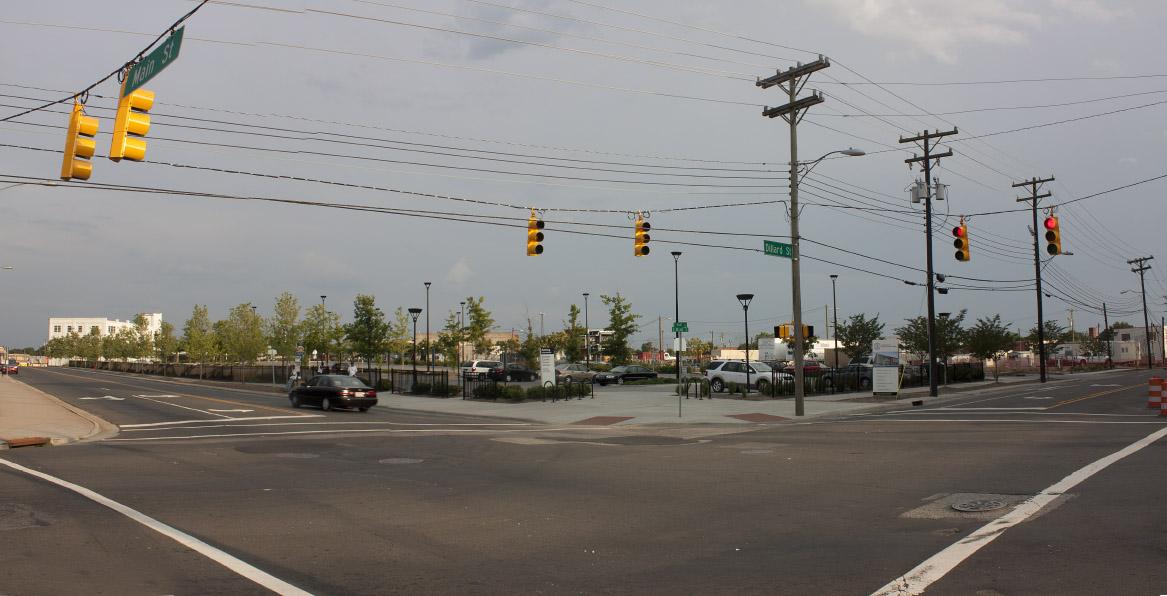

Comments
Submitted by Binge Cafe (not verified) on Sat, 8/5/2006 - 4:04pm
This makes me want to drink.
Submitted by gary on Sat, 8/5/2006 - 5:44pm
BC
Sorry to induce substance abuse. I guess the moral is, buy your booze from the TNT while you still can.
SR
Submitted by DeDreana (not verified) on Sat, 10/13/2007 - 1:16pm
So now that it has been comdemn, what is next?
Submitted by Christopher (not verified) on Wed, 11/25/2009 - 4:38pm
Heartbreaking. (I've recently discovered your fantastic work here, and after a bit of reading backwards from the new posts I decided to start at the beginning...hence the comment on a 3 year old post)
Of course, looking at this in context, while this was a fine, unique, magnificent house, in the late 20's slightly faded Queen Annes were probably a dime a dozen, or at least close to it, and out of style to boot. Likely a victim of "there will always be more" mentality, which unfortunately still seems prevalent. The growing problems of teardowns of 1940's and 50's bungalows/modest housing for McMansions comes to mind. I wonder if we (or at least some of us who claim to be preservation-minded, not talking about you at all here) sometimes make the same mistake though, with regard to our more recent structures. Granted, it's not as evident with residential structures because unfortunately we seemed to have run out of good ideas by that time, with the exception of a few notable modernist structures. But particularly in commercial buildings, there seems to be a notion among some that "historic" architecture worthy of preservation must be older than X or Y, or have some other defining quality that does not include a lot of more recent styles. A good example to me, though not Durham, would be the loss of the Garland Jones building in Raleigh. There was a protest, and there is a growing appreciation of modernism, but a lot of the public view of that building seemed to be "ugly 60's box with weird-colored windows, no big loss". And I fear that's not too dissimilar to what some may have said back in 1926 when Somerset Villa was threatened. A bit of a rant, I know, but just something that came to mind...
And thanks again for all the great work you do here.
Submitted by Rob Langlois on Thu, 1/2/2014 - 8:01pm
I think I found a mantel from Somerset Villa in Catsburg. It has been in my neighbor's house since
1946 or so. Tyson Criss salvaged it and put it in a house he built. Family lore said it came from a house
that stood on the site of Sears downtown. Ya'll compare pictures and see what you think.


Submitted by H. Buchanan on Fri, 1/3/2014 - 4:00am
Looks like the same one to me..
Submitted by gary on Fri, 1/3/2014 - 9:14am
Wow - I'd say it's almost certainly the same one. Amazing, and thanks so much for sharing. I'd love to be able to track down all of the pieces of these old mansions that are around town. I know the gate from somerset villa is at 147 pinecrest.
http://www.opendurham.org/buildings/147-pinecrest
Let's rebuild it! :)
Submitted by Brock II on Mon, 12/5/2016 - 1:14pm
In reply to Wow - I'd say it's almost by gary
A group of us could pool our money, start a bank, and use the money to rebuild places like Somerset or Four Acres and support charities, after we got rich.
Submitted by davepiatt on Tue, 4/11/2023 - 3:41pm
Anyone know if Waverly Manor had any stained glass windows in it? Accent sized, not a full sized window as we now know them. Trying to prove or disprove a claim from a house built in 1915.
Add new comment
Log in or register to post comments.